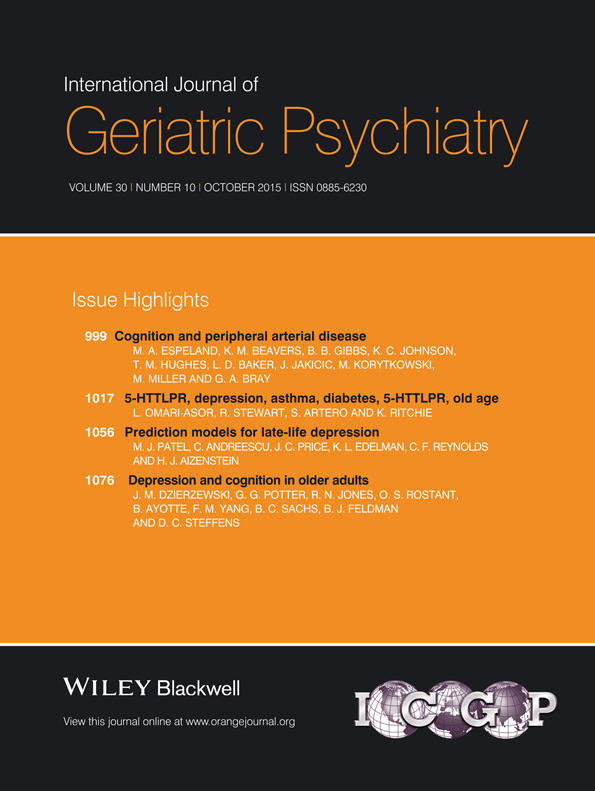Pain among institutionalized stroke patients and its relation to emotional distress and social engagement
Abstract
Objective
Pain is a frequent long-term consequence of stroke, but its relation to emotional and social well-being is poorly studied in stroke populations. We aimed to identify the prevalence of substantial pain among institutionalized stroke patients and to explore its relation to emotional distress (ED) and low social engagement (SE).
Methods
In a cross-sectional design, we collected data of 274 chronic stroke patients in Dutch nursing homes. Observation lists were filled out in structured interviews with qualified nurse assistants who knew the residents well. Pain and SE were measured with the Resident Assessment Instrument for Long-term Care Facilities, and ED was measured with the Neuropsychiatric Inventory Questionnaire (NPIQ).
Results
Substantial pain was present in 28% of the residents, mostly located in the affected body side (68%). Multilevel regression analyses revealed that this pain was independently related to a 60% increase in NPIQ score (β 3.18 [1.84–4.53]) and to clinically relevant symptoms of delusions (odds ratio [OR] 8.45 [1.82–39.05]), agitation/aggression (OR 3.82 [1.76–8.29]), depression (OR 3.49 [1.75–6.98]), and anxiety (OR 2.32 [1.08–4.97]). Substantial pain was associated with low SE when adjusted for clinical covariates (OR 4.25 [1.72–10.53]), but only in residents with no/mild or severe cognitive impairment. This relation disappeared when additionally corrected for NPIQ score (OR 1.95 [0.71–5.39]).
Conclusions
Pain is a serious and multidimensional problem among institutionalized stroke patients. It is related to increased ED, which in turn can be a pathway to low SE as an indicator of social vulnerability. Future research should reveal how pain management in nursing homes can be tailored to the needs of this patient group. Copyright © 2014 John Wiley & Sons, Ltd.




